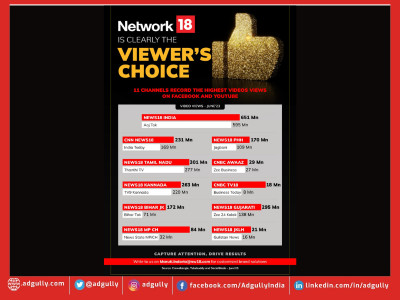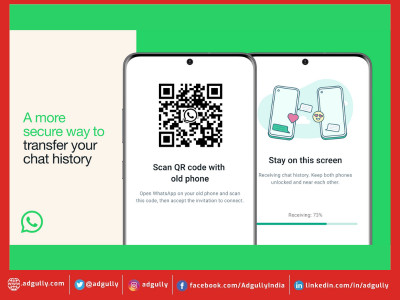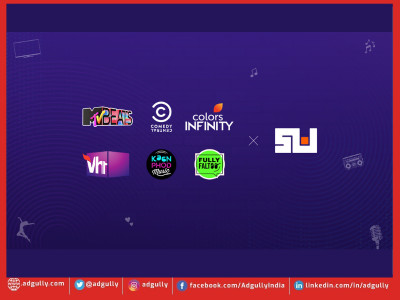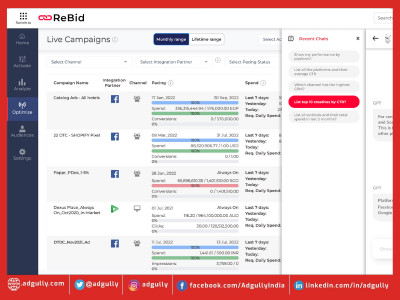AgVoice | Rajiv Dingra on FB's real-time bidding ad exchange
Facebook introduced its ad exchange with real time bidding capabilities in September after initial field trials. This was a significant effort on their part as they had to prove that the social network would be profitable to their investors after their less than satisfactory performance during the IPO. Data from their initial trials seems to suggest that Facebook has finally delivered a greater reach and effectiveness to advertisers and marketers on the social medium. Let us get deeper into what the Exchange entails.
What is Fb Ad exchange?
Facebook Exchange (FBX) is a real time ad platform which uses cookies to serve relevant ads based on a user’s web browsing activity. Even though the user may not be on Facebook, his web usage is recorded by the cookie and then used to serve relevant ads when the person logs into Facebook. In essence, the ad exchange tracks purchase intent of an item over the web and then re-targets the particular item to the user via Facebook Ads. You can use Facebook Exchange with sidebar display ads only. The exchange does not work with sponsored stories and mobile ads as of now.
The exchange allows agencies , trading desks and direct marketers to buy Facebook ad units based on the same consumer data insights that they use on other real-time bidding exchanges. The exchange is not a replacement to your traditional Facebook marketing and advertising but rather a complementary tool which can help marketers expand the reach and effectiveness of their ads using remarketing and behavioural tracking. The FBX is a good way for marketers to achieve their marketing objectives and get audiences from the point of awareness to conversion. The exchange takes advantage of Facebook’s scale to deliver the goods. As you know, there are currently a billion users on Facebook out of which 57% are daily users according Facebook’s own data.
How does it work?
Here is some detail on how the exchange works exactly.
1. User visits a brand website with an intent to buy something.
2. The company behind the website has enabled Facebook Ad exchange by partnering with a DSP (direct service provider).
3. A cookie is dispatched to the user’s computer only when the purchase intent is detected.
4. The user doesn’t purchase due to various other reasons.
5. The DSP sends the person’s anonymous ID to Facebook so that the company behind the website can target the person later.
6. The person logs into Facebook and the DSP gets notified of this. The DSP can then bid in real-time for Facebook’s ad inventory so that the website and product ads can then be shown to the person.
7. The retargeting get the website and product back into the person’s mind and in most cases if the ad is convincing enough, the person will buy, since there is clearly a purchase intent on the user’s part.
Data from test trials and partners
When FBX came out of beta, some of the early DSPs who were partners for the program published data about the effectiveness and the improvement that FBX brings to Facebook marketing.
AdRoll reported a 16 fold increase in ROI for its clients. Another DSP, Triggit reported a 2.2x higher post-click conversion rate and a decrease of cost-per-click which was 5.6x lower. TellApart, another DSP, revealed that they had managed to generate an average user clickthrough rate of 6.65% using FBX. This is significant when you compare it with the 6.41% average user clickthrough rate on Google’s AdX.
Many tech news websites reported this data and talked about how this could finally upset Google’s undisputed reign. Besides that, if Facebook provides more effectiveness with its ad platform in terms of increased click-through rates and conversions, then it would be a win for everyone involved.
What Marketers Need To Do?
Facebook exchange should hold a significant space in your online advertising and marketing strategies. Consider how retargeting and behavioural tracking could help your brand to sell. If you are e-commerce firm then retargeting will make sense to you as you have clear data on purchase intent of your consumer. As we mentioned, the exchange supports usage of your customised user data insights. You can take advantage of this by deploying ads in a strategic way to your users on Facebook. Since it is a real-time bidding platform, you will be in a better position to understand and deploy ads at your convenience. You can choose to bid on only those ad units that match your campaign goals, thus saving you quite a bit of marketing money in the process. | By Rajiv Dingra, CEO, WATConsult
Disclaimer: The opinions expressed in this article are those of the author, and do not reflect in any way of Adgully.
















Share
Facebook
YouTube
Tweet
Twitter
LinkedIn